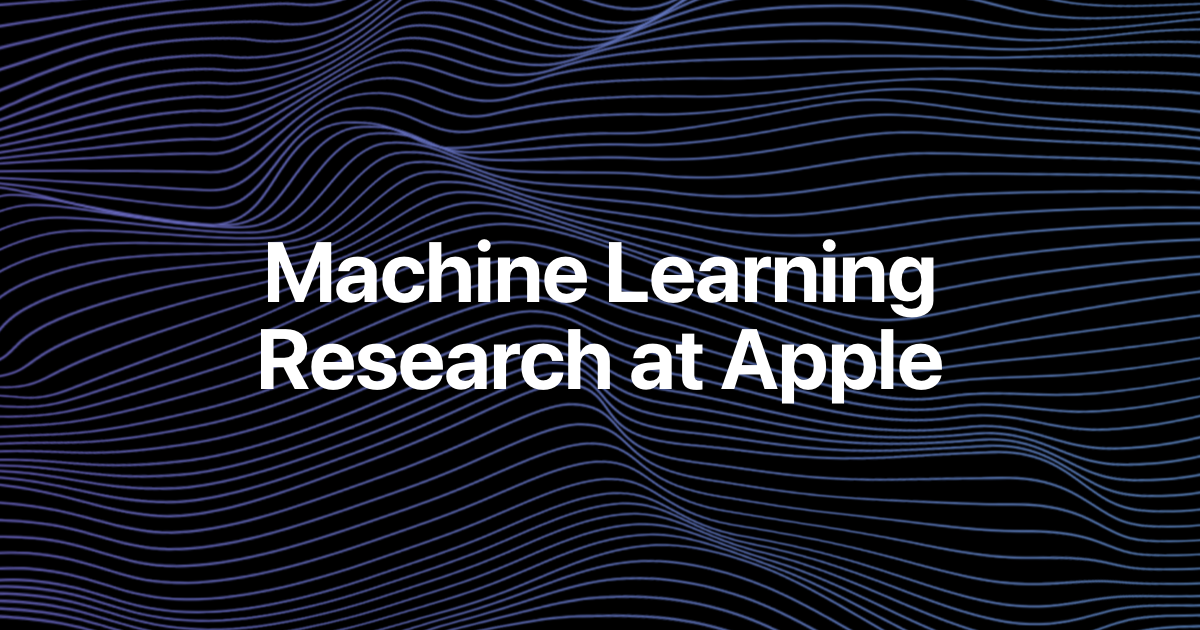Large Language Models (LLMs) such as ChatGPT have garnered significant attention due to their wide range of capabilities, including language processing, knowledge extraction, reasoning, planning, coding, and tool use. These capabilities have spurred research into more advanced AI models and the potential for Artificial General Intelligence (AGI).
The Transformer neural network architecture, the foundation of LLMs, utilizes autoregressive learning to predict the next word in a sequence. The success of this architecture in various intelligent tasks raises the question of why word prediction leads to high levels of intelligence.
Researchers are delving into different aspects to understand the power of LLMs. Planning abilities, a crucial part of human intelligence involved in tasks like project organization and travel planning, have been studied recently. Researchers aim to bridge the gap between basic word prediction and complex intelligent behaviors by exploring how LLMs handle planning tasks.
In a recent study, researchers presented findings from Project ALPINE (Autoregressive Learning for Planning In NEtworks), investigating how Transformer-based language models develop planning capabilities through autoregressive learning mechanisms. The team aims to identify any limitations in the planning abilities of these models.
The team defined planning as a network path-finding task, focusing on creating a valid path from a source node to a target node. Results showed that Transformers embed adjacency and reachability matrices in their weights, enabling them to perform path-finding tasks.
The team also explored Transformers’ gradient-based learning dynamics, demonstrating their ability to learn reachability and adjacency matrices. Experiments validated these ideas, showing that Transformers can learn incomplete reachability and adjacency matrices, with applications in real-world planning benchmarks like Blocksworld.
A drawback highlighted in the study is Transformers’ inability to recognize reachability links through transitivity, impacting their path-finding capabilities in complex scenarios. The team summarized their contributions, including theoretical analysis, empirical validation of Transformers’ path-planning abilities, and the identification of limitations in understanding transitive reachability interactions.
This research provides insights into autoregressive learning and network design, enhancing understanding of Transformer models’ planning capabilities and aiding the development of advanced AI systems for complex planning tasks.
Check out the Paper. All credit goes to the researchers of this project. Follow us on Twitter and join our Telegram Channel, Discord Channel, and LinkedIn Group.
If you enjoy our work, subscribe to our newsletter.
Author: Tanya Malhotra is a final year undergrad from the University of Petroleum & Energy Studies, Dehradun, pursuing BTech in Computer Science Engineering with a specialization in Artificial Intelligence and Machine Learning. She is a Data Science enthusiast with good analytical and critical thinking skills, keen on acquiring new skills, leading groups, and managing work efficiently.
Join the Fastest Growing AI Research Newsletter Read by Researchers from Google + NVIDIA + Meta + Stanford + MIT + Microsoft and many others…






















